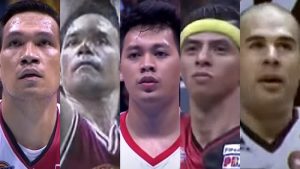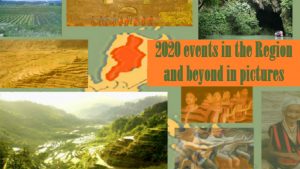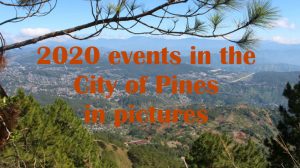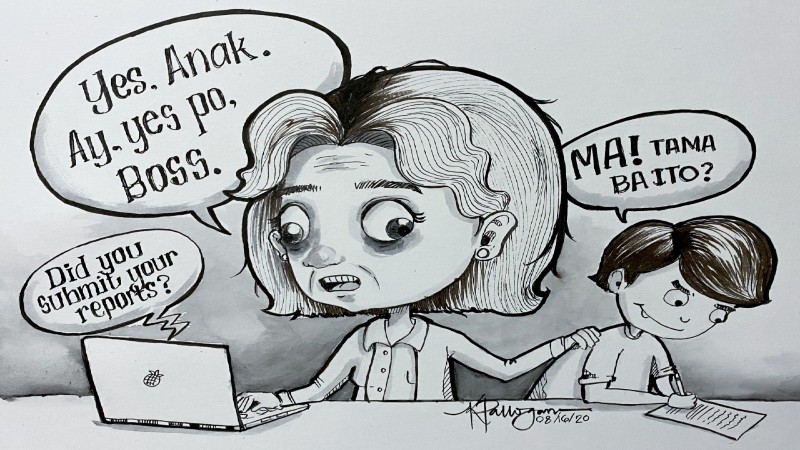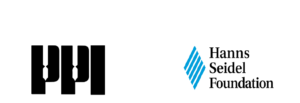The initial wrath of the dreaded Corona Virus Disease (COVID) 19 in the country caused the cutting short of classes in all levels of education. At that time, most of the schools were busy preparing for their final examinations while the graduating classes in both the private and public institutions were getting ready for their graduation or commencement exercises. Indeed, it was a sorry state for everyone because the declaration of the Luzonwide enhanced community quarantine resulted to the suspension of mass gatherings that included graduation rites, parties, graduation balls, among others. Everything that happened during the community quarantine period will surely end up in history books. The question that remains is whether or not it will make or break the future of the younger generation who will be embracing the new normal situation in the country’s education system.
In preparing for the upcoming schoolyear, the education department was constrained to devise the so-called blended learning, a combination of limited face-to-face learning, online learning and modular learning, including both radio and television as part of the modalities in cascading to learners the instructions for them to cope with the present trend in the academe, both private and public. The limited face-to-face learning was supposedly to be implemented in the remote villages in the country that do not have access to latest information and communication technology (ICT) connectivity, while the online learning will be for students and pupils in the urban centers with internet access. The modular type of learning will be made to the enrolees who still opt to learn the traditional way with the assistance of their parents or volunteer teachers that are within their barangays, puroks and sitios.
See previous editorials:
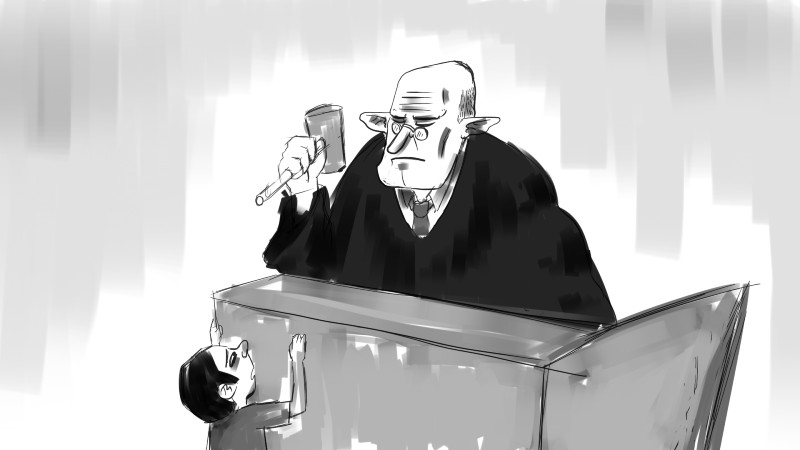
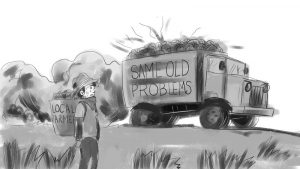
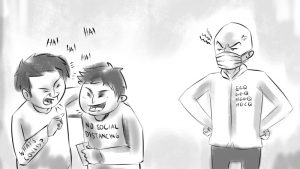
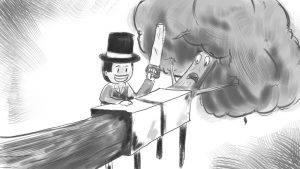
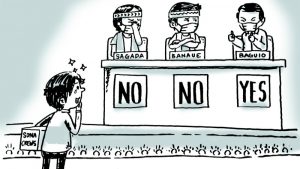
Everyone is eager to know, understand and familiarize themselves with the implementation of the blended learning by the education department come August 24, 2020, the official start of classes for schoolyear 2020-2021. The concerned government agencies and the local governments have repeatedly declared their readiness for the opening of classes under the new normal where the classrooms built using taxpayer’s money will not yet be utilized. What will be made available will be the virtual classroom and/or the printed modules that will be brought right on the doorsteps of learners through the assistance of barangay officials and volunteers, while teachers will be tasked to extend assistance to the parents and children who will be needing their help for instructional purposes. Evidently, the new normal learning is quite complicated because the pupils need the presence of their parents right in their midst to guide them to go through the learning process.
Numerous issues and concerns from the pupils and parents had cropped up when the blended learning was opened for public discussion. Apart from the internet access issue, some working parents have raised the issue on their inability to effectively guide their children during the learning process because they have work to earn income for their families. Some parents, realistically, with multi-grade children cannot cope managing the home-schooling of more than one child. On the other hand, teachers also raised the risks involved in the distribution and collection of learning materials as they will be exposed to the elements and the possibility of contracting the deadly virus when going from one house to another. Salary issues were also raised by barangay officials and volunteers who will be tasked to assist the education department in the distribution and collection of the learning materials in their respective places.
We understand the predicament of all the involved stakeholders on the matter at hand. We really need to allow things to take place first, then see for ourselves where the problems will arise. It will be then when possible adjustments to improve the same can be made. No one in this generation has experienced this kind of pandemic thus coping with it in all its ramifications is a learning experience for all sectors, including education. Thus the programs and projects for the education sector are still works on progress.
The blended learning program must be jump-started so that we will know where we are, we will be aware of the issues and concerns on the ground, and proceed to solve the problems that will crop up towards the smooth transition to the new normal. It had been time and again repeated that for as long as there will be no vaccine or medication, it will be difficult for the country to recover, especially that the economy is now on recession. We need everyone’s cooperation not to gamble with the blended learning but to put our stakes into it because it will be for the benefit of the present and future generations of Filipinos.
You might also like:

